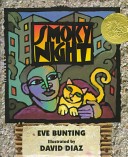
When the Los Angeles riots break out in the streets of their neighborhood, a young boy and his mother learn the values of getting along with others no matter what their background or nationality.
Catalog sorted by age group

When the Los Angeles riots break out in the streets of their neighborhood, a young boy and his mother learn the values of getting along with others no matter what their background or nationality.
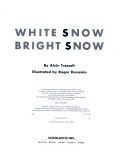
When it begins to look, feel, and smell like snow, everyone prepares for a winter blizzard.
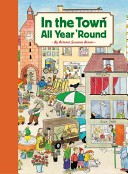
Big, colorful illustrations and minimal text set the stage for a delightful cast of characters as they go about their day-to-day adventures in one little town throughout the year. Playing, chasing pets, running errands, going to work: following what happens and looking for the many small surprises in the pictures will absorb and amuse children and parents alike.
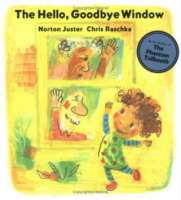
Looking through the kitchen window, a little girl and her doting grandparents watch stars, play games, and, most importantly, say hello and goodbye.
Join the discussion of The Hello, Goodbye Window as well as other books centered around relocation on our My Take/Your Take page.
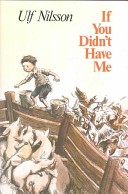
Spending most of a year with relatives on a farm in southern Sweden while his parents are busy building a new house in town, a young boy finds inner strengths and unexpected sources of entertainment.